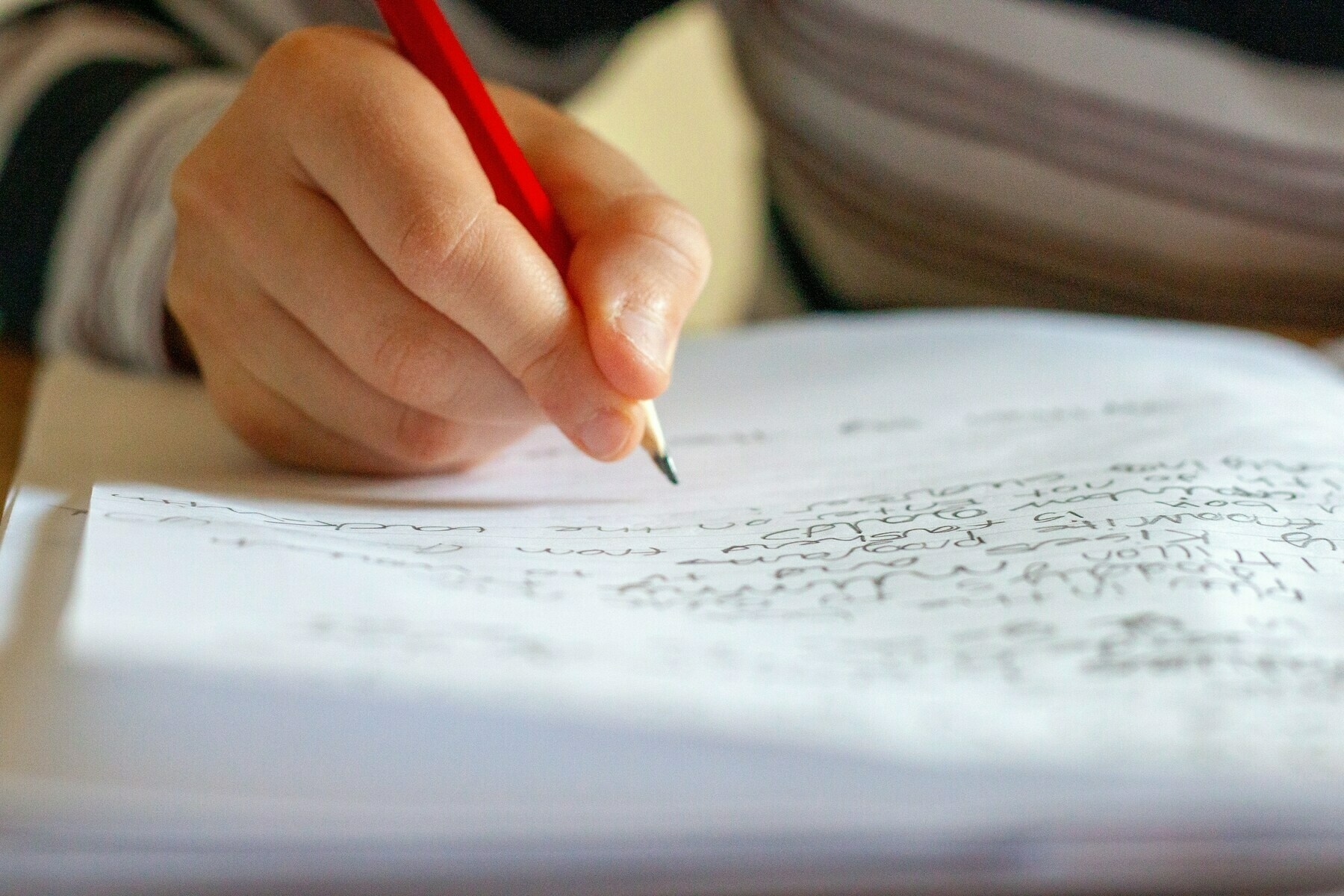
“What the hand does, the mind remembers."
Not sure where I ran into this quote, but what a cool quote it is. Of course, it’s a reference to handwriting and all that. Last week, when I started looking for more information about handwriting, I realized that I had bits of handwriting research scattered across different blog entries. Why not consolidate them for easy reference?
Source #1: National Public Radio
Writing by hand…improves memory and recall of words, laying down the foundations of literacy and learning. In adults, taking notes by hand during a lecture, instead of typing, can lead to better conceptual understanding of material.
“Handwriting is probably among the most complex motor skills that the brain is capable of,” says Marieke Longcamp, a cognitive neuroscientist at Aix-Marseille Université.
Gripping a pen nimbly enough to write is a complicated task, as it requires your brain to continuously monitor the pressure that each finger exerts on the pen. Then, your motor system has to delicately modify that pressure to re-create each letter of the words in your head on the page. The relative slowness of the medium forces you to process the information, writing key words or phrases and using drawing or arrows to work through ideas, she says. “You make the information your own…” via National Public Radio
“The students who were taking longhand notes in our studies had to be more selective. You can’t write as fast as you can type. And that extra processing of the material that they were doing benefited them.” Source: NPR interview
Source #2:
A paper published in Frontiers in Psychology suggests,
“whenever handwriting movements are included as a learning strategy, more of the brain gets stimulated, resulting in the formation of more complex neural network connectivity.” source
Source #3: EdSurge
Typing on keyboards has largely replaced writing by hand, even though research shows the latter is better for memory and learning (and for carpal dexterity). Reading in print improves comprehension more than digital text, even though our eyes are fixated on screens these days.
So what do we gain and lose when students use artificial intelligence to write? via Tony Wan’s EdSurge article, What Do We Gain and Lose When Students Use AI to Write?
Source #4: ScienceDaily
“The students who were taking longhand notes in our studies had to be more selective. You can’t write as fast as you can type. And that extra processing of the material that they were doing benefited them.” (Source)
In this study, authors discovered handwritten notes engage your senses. The act of note-taking results in more brain activity. As such, learning improves due to your brain’s activity (Source). Source: DotTech, 2013
Source #5: BBC
California-based neuroscientist Claudia Aguirre says “more and more neuroscience research is supporting the idea that writing out letters in cursive, especially in comparison to typewriting, can activate specific neural pathways that facilitate and optimise overall learning and language development.”
Kelsey Voltz-Poremba, assistant professor of occupational therapy at the University of Pittsburgh, adds that young children may even find cursive easier to learn and replicate. “When handwriting is more autonomous for a child, it allows them to put more cognitive energy towards more advanced visual-motor skills and have better learning outcomes,” she says. Source: BBC.com the greatest benefits (to memory and learning words, for example) are tied to the act of writing itself, not cursive over print. (Source: As cited in the BBC article above)
Learn More About Cursive
Want to learn more about cursive? Websites like those below offer free practice sheets for each letter, or courses/tutorials: